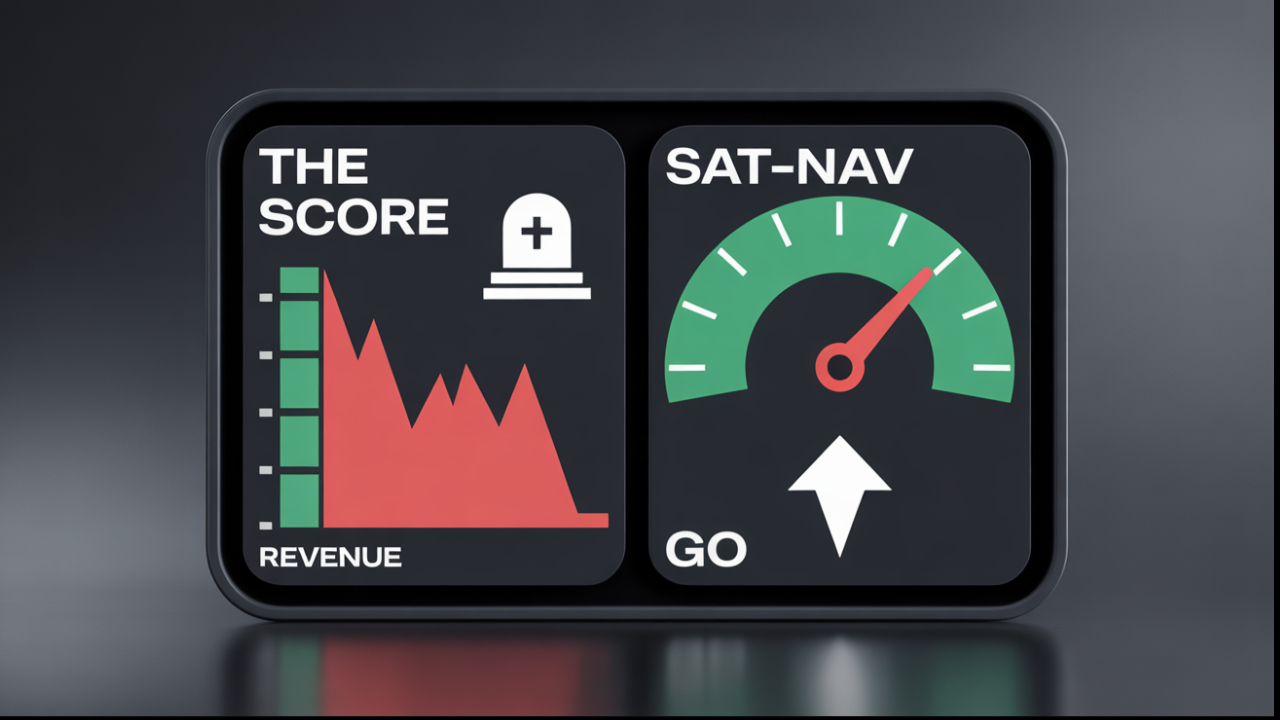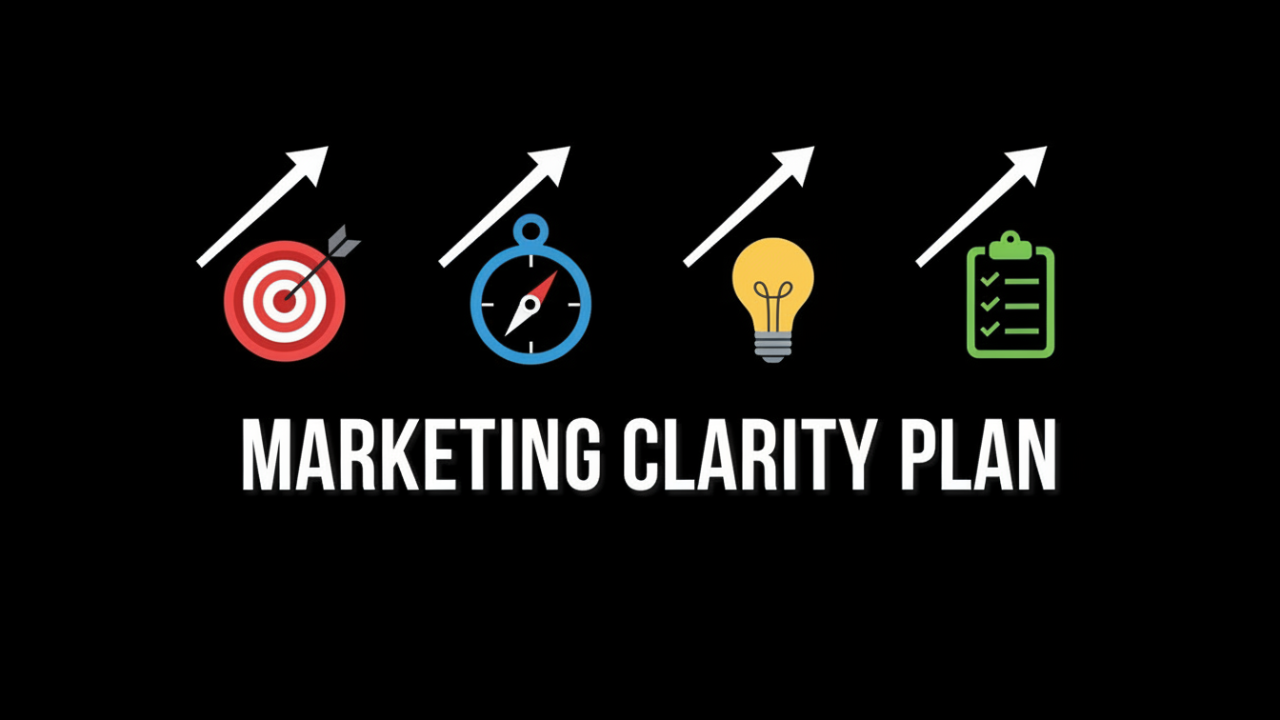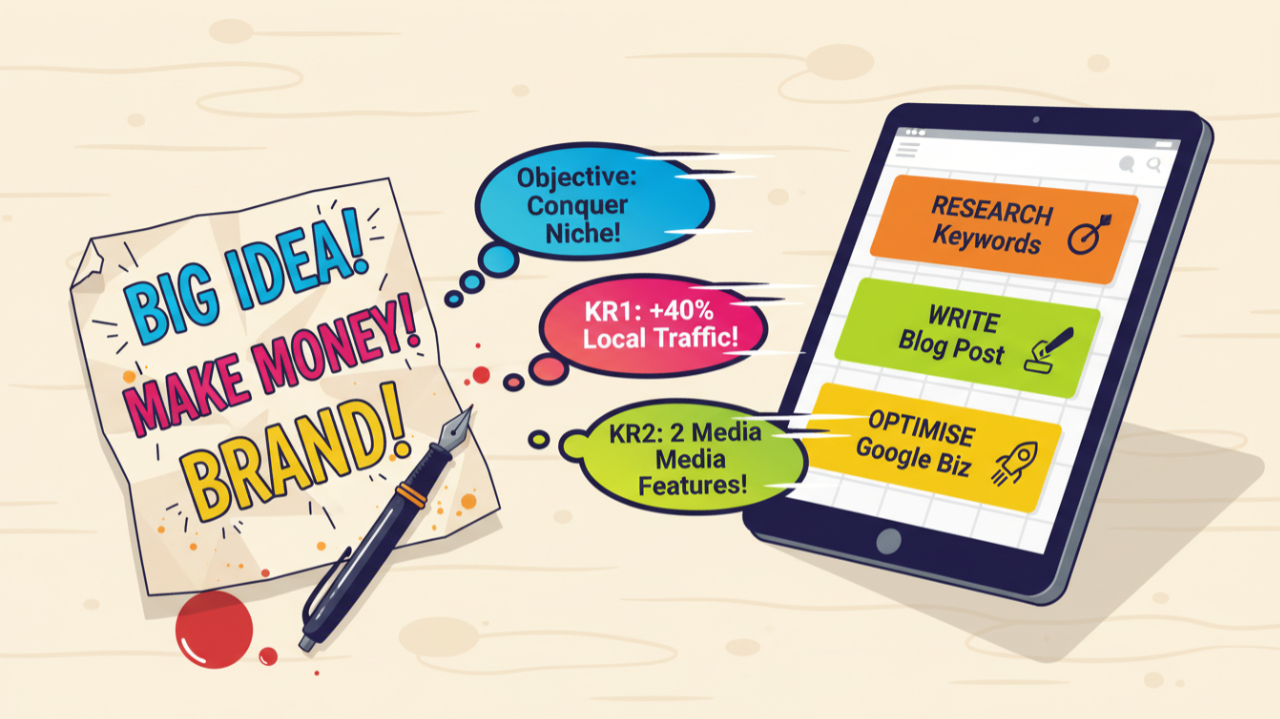How UK Small Businesses Can Drive Growth: Practical Strategies for Sales and Cost Management
Despite economic uncertainties, optimism and innovation are driving local enterprises forward. Recent surveys show 81% of small businesses are prioritising growth initiatives for the year, with 43% focusing on increasing sales and 24% aiming to reduce fixed costs. The UK’s entrepreneurial community is known for its resilience, and this blend of ambition and pragmatism keeps our economy dynamic.
When I started my own small business, I quickly learned the importance of refining sales strategies and keeping overheads lean. Without that balance, it’s easy to chase short-term wins while neglecting long-term viability. The good news is that focusing on growth doesn’t have to be complicated. By combining practical sales tactics with informed cost controls, you can drive your business forward and set yourself up for success.
In this blog post, you’ll find actionable strategies, from leveraging technology for sales growth to adopting energy-efficient practices. You’ll also discover how to prepare for trends in sustainability, digital presence, government support, and more. My aim is to share insights from personal experience and industry discussions, packaged in an easy-to-digest format. Let’s delve into these strategies to map out a powerful game plan for your business in 2025 and beyond.
1. Increasing New Business Sales
Segment and Target Customers
Boosting sales starts with understanding your customers and how their needs evolve. Customer segmentation involves dividing your market into distinct groups based on demographics, behaviours, and purchasing patterns. By doing so, you can tailor marketing strategies and product offerings to each group’s preferences.
Consider demographic segmentation (age, location, income), psychographic segmentation (lifestyle, values), or behavioural segmentation (purchase frequency, product usage). Once you pinpoint which groups to target, invest in tools like CRM software to monitor interactions and measure success. Platforms like HubSpot or Zoho automate customer data analysis, simplifying your targeting.
Narrowing your focus to the segments most interested in your product allows you to convert leads more quickly and allocate marketing budgets effectively. In identifying your ideal customers, you’ll reap the rewards of higher sales and a more loyal client base.
Enhance Customer Experience
After identifying your target audience, ensure every touchpoint with your company is purposeful and enjoyable. Customer journey mapping helps you see how people discover your brand, evaluate offerings, make purchases, and maintain interest. By visualising this process, you can pinpoint stumbling blocks and implement solutions for smoother stages.
Streamlining touchpoints might mean improving website navigation, offering live chat support, or simplifying the checkout process. Small changes can yield big impacts. For instance, a local business we worked with updated their mobile ordering system, increasing sales by 15% in three months. A cohesive, user-friendly journey sets you apart from competitors and boosts conversions
Leverage Technology for Sales Growth
Technology is a powerful ally in scaling sales. From AI-driven insights to cloud solutions, tools are available to optimise market research and closing deals. AI can help analyse buying habits, forecast demand, and recommend the best times to reach out to potential customers. Cloud-based platforms provide real-time analytics and automate tasks like invoicing and order tracking.
E-commerce platforms like Shopify or WooCommerce let you set up and manage an online store easily. Even if your business revolves around services, you can benefit from digital payment systems and online booking mechanisms. Automating routine processes saves time, reduces human error, and allows you to focus on nurturing relationships.
Upselling and Cross-Selling
With a steady stream of potential customers and an efficient sales funnel, increase revenue by upselling (encouraging upgrades) and cross-selling (suggesting complementary products). These strategies work best when your team is well-prepared. Ensure employees are trained in sales techniques and product knowledge to confidently recommend relevant add-ons.
Creating mini “add-on offers” during checkout can boost your average order value without making customers feel pressured. Upselling and cross-selling should feel like personalised service rather than a hard sell. When executed with empathy and understanding, these tactics can significantly increase revenue and enhance customer satisfaction.
The Power of Personal Touch
While technology is indispensable, don’t underestimate the power of direct communication and human connection. A personal approach can set you apart. A well-timed phone call, a handwritten note, or a face-to-face meeting can build trust. Personal outreach accelerates the sales cycle because customers are more likely to open up about their challenges, allowing you to craft a compelling offer.
2. Reducing Fixed Costs
Embrace Remote and Flexible Work
Introducing remote or flexible work arrangements can be cost-effective, translating into savings on office rent, utilities, and overheads. Allowing employees to work from home or setting up a hybrid schedule reduces costs while improving morale and work-life balance. Offering flexibility makes your business more appealing to top talent.
With the right project management tools and regular check-ins, productivity can soar, and cost savings become a bonus. You may also discover opportunities to hire skilled people outside your immediate area, expanding your talent pool.
Review and Renegotiate Supplier Contracts
Suppliers represent another area where you can trim fixed costs without compromising quality. Regular contract reviews are crucial. Don’t be afraid to renegotiate terms or shop around for better pricing—especially if your order volumes have changed or if you’re exploring local suppliers to reduce logistics expenses.
Switching to local suppliers can lower transport costs and improve sustainability credentials. Before finalising any renegotiation, compare at least three different quotes to ensure competitive rates.
Adopt Energy-Efficient Practices
With energy prices hitting small businesses hard, adopting energy-efficient practices can impact your bottom line. Audit your premises for insulation, lighting, and equipment that may be guzzling power. Consider upgrading to LED lights, installing programmable thermostats, or investing in energy-efficient appliances. These enhancements require an upfront cost but often pay for themselves through reduced utility bills.
Educating your team on switching off lights and devices when not in use can lower costs immediately. Look into government incentives or business grants supporting green initiatives. Being environmentally friendly saves money and attracts customers who value eco-conscious businesses.
Audit and Optimise Your Tech Stack
Technology can bloat expenses if not managed carefully. Conduct a thorough audit of your tech stack. Are there platforms offering features you don’t use? Is there a cheaper option that meets your needs? Moving from legacy systems to streamlined cloud solutions often reduces hardware and maintenance costs.
Streamlining everything into a single subscription can save money and reduce confusion. Technology should simplify operations—not complicate them or drain your budget.
3. What to Watch and Prepare For
Sustainability as a Growth Driver
Consumers and businesses are scrutinising environmental credentials. Expect sustainability to become a core requirement for many customers. Green initiatives can improve brand image and lower costs. Highlight sustainably sourced materials on your labelling and marketing. Explore how to operate with minimal environmental impact.
Strengthening Digital Presence
A robust online presence is central to growth. Many small businesses still don’t have optimised websites or active social media channels. SEO ensures people find your business. Engaging on social media broadens your reach and lets you interact with potential customers.
Paid advertising on Google or social media can be effective but must be strategic. Target demographics relevant to your customer segments and monitor key metrics to gauge ROI. Posting valuable content establishes you as an authority, earning trust and encouraging repeat visits.
Navigating Rising Costs
With inflation and global supply chain disruptions, plan for potential cost increases. Wages, raw materials, and business rates are subject to fluctuations. Prepare and adapt by improving efficiency and staying in close communication with suppliers.
Evaluate whether you need to adjust pricing to maintain profit margins or implement cost-saving measures. Remaining proactive is better than scrambling to catch up.
Leveraging Government Support
Stay alert to government schemes and grants for small businesses. Funding opportunities can offset costs for training, technology adoption, or sustainability projects. Learn about them through local business networks, Chambers of Commerce, or the GOV.UK website.
Some support packages focus on specific sectors, while others address broader needs. Keeping a finger on the pulse of these programmes means you’ll be ready to apply when opportunities arise.
Focusing on Customer Retention
Keeping existing customers happy is cost-effective. Returning customers spend more and often become brand ambassadors. Implement loyalty programmes, offer exclusive discounts, or send personalised emails to make customers feel valued.
Gathering feedback unveils areas for improvement. Responding to feedback and letting customers know their voices matter retains loyalty and creates an authentic community around your brand.
4. Strategic Planning
Reviewing and Updating Business Plans
A business plan should evolve as your market and goals change. Set aside time to evaluate your strategy and update objectives. Incorporate SMART goals to guide decision-making. Regular progress reviews keep you accountable and help identify what’s working.
Include potential scenarios to anticipate market fluctuations or new regulations. Flexibility and adaptability often separate those who thrive from those who merely survive.
Managing Cash Flow
Steady cash flow is the lifeblood of your enterprise. Review finances regularly and keep a cash reserve for emergencies. Improve cash flow by invoicing promptly, offering incentives for early payment, or negotiating better payment terms with suppliers.
Sound cash flow management gives you the flexibility to seize new opportunities or weather hiccups without stepping into crisis mode.
Investing in Team Training
Continuous skill development is crucial. Enhance sales and manage costs effectively by keeping your team current with AI, digital tools, and customer service best practices. Training helps your business remain competitive and boosts morale.
Key Takeaways
As you look ahead, balancing sales growth with prudent cost management will be key to success. By segmenting and targeting customers effectively, investing in stellar customer experiences, and harnessing technology wisely, you can expand your reach and convert more prospects into long-term clients. Controlling overheads via remote work, renegotiating supplier contracts, and optimising your tech stack ensures you don’t fritter away profits.
Keep an eye on emerging trends, from sustainability to digital adoption and possible government grants, to seize opportunities. Don’t forget the fundamentals of regular business plan reviews, cash flow management, and team training to keep your company agile and future-ready.
Now is the perfect time to start laying the groundwork for significant growth. Implementing these strategies will likely uncover new avenues for innovation and efficiency—so stay flexible and be prepared to adapt quickly. Your proactive planning, combined with market awareness, will position your business to thrive in the UK’s evolving economic environment.
Additional Resources:
For further reading on related topics, consider exploring the following:
For personalised advice and support on mastering for sales and cost management, contact us today to schedule a consultation with our experts.
Message Us:
Contact Form
Phone: 0330 311 2820
We look forward to helping you Turn Every Day Tasks Into Strategic Moves.
Pay It Forward! Sharing Is Caring!











